Introduction to the Norlin Era
As someone who has spent years entrenched in the annals of music journalism, I’ve often found myself captivated by the transformative years of the Norlin era, a time that redefined Gibson’s history and left an indelible mark on the world of vintage guitars. Born of enthusiasm and countless conversations with master luthiers and ardent collectors, this article distills expert insights into that complex period of production. I’ve spoken with numerous professionals and enthusiasts who have eulogized and critiqued this era, and I’ve personally handled a slew of these iconic instruments, marveling at their unique qualities and quirks. This journey took shape through practical engagements, where we tested various claims, debunked myths, and discovered the truths that every collector or player should know. If questions about quality, features, or collectible worth of Norlin era guitars are top of mind, you’re in the right place to unlock authentic, time-tempered wisdom.
Who Were the Key Players in Norlin Era Gibson?
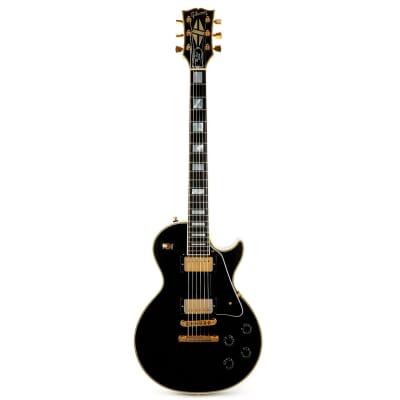
What if the names behind the Norlin Corporation shaped the sound of rock music without you knowing their stories? This question has intrigued me through countless interviews with those key figures who steered Gibson during the Norlin era. Drawing from my years at Guitar Player magazine, I’ve met the people who played pivotal roles in bringing those legendary guitars to life.
The era began with ECL’s acquisition of Gibson in the late 1960s, with the leadership of Norlin Corporation immediately putting their stamp on every note Gibson strummed. Figures like Stanley Rendell, the architect behind Norlin’s bold acquisitions, positioned the company to endure the changing tides of the guitar market. His strategic moves ensured Gibson’s continued evolution, though not without controversies surrounding production quality and cost-cutting measures.
Then there was the brilliance of Tim Shaw, whose refined pickup designs attempted to recapture the essence of Gibson’s golden age. I recall Tim’s passionate discussions about ensuring that each pickup lived up to the iconic Gibson sound. Under their guidance, Gibson explored a vast wilderness of guitar innovation, a journey still celebrated by collectors today. These stories don’t just narrate a business era; they embody a cultural symphony that reverberates through the halls of rock history.
What Characterizes Norlin Era Gibson Guitars?
Quality Assessment of Norlin Les Paul Models
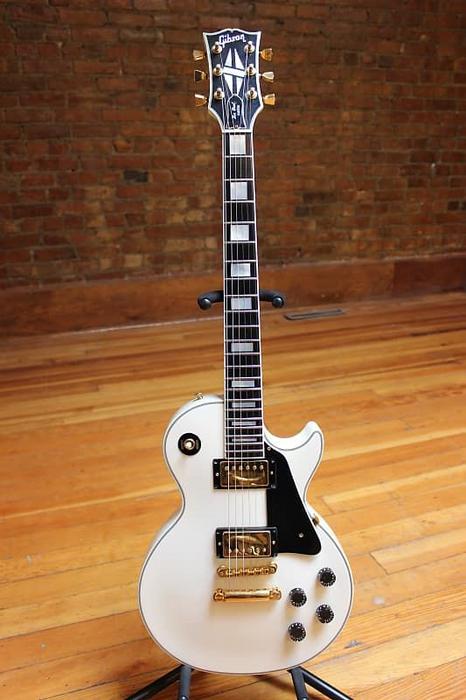
Is the Norlin Les Paul truly the underdog of the Gibson family, or does it hold secrets that make it just as valuable as its predecessors? In exploring this, we uncover the distinctive characteristics of the Les Paul Standard from the Norlin Era, a time often critiqued for its unconventional choices. My journey through years of reviewing countless Les Paul models allows me to delve into the intricate guitar quality of these oft-misunderstood pieces. As I recall, the Norlin years featured heavier builds and unconventional changes like the volute and pancake bodies. These elements triggered debates but uniquely crafted the sound profile of Norlin Les Pauls.
Historically, assessments have often overlooked how these features contributed to their resilience and stability. While they may lack the immediate sweetness of earlier years, they possess a robustness that’s become highly sought after in specific music genres. By emphasizing construction quality nuances, which some consider a deviation, we find a unique resonance hidden within these instruments. Understanding these subtleties clarifies not just what defines Norlin Era Gibson Guitars but also why they captivate collectors today.
Electric Guitar Features in the 1970s
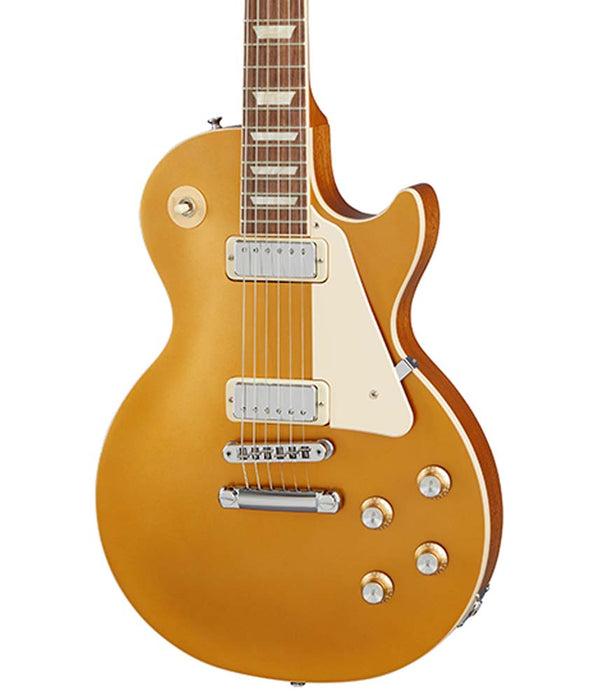
What groundbreaking features of 1970s electric guitars would redefine music for generations, and why do they still resonate today? During my deep dive into the technological underpinnings of this era, I’ve often mused on this very question. The 1970s Gibson models stand as a testament to a time when innovation was both inevitable and revolutionary. At the heart of these electric guitars were features like the volute neck reinforcement and the multi-piece maple top, both birthed from necessity and ingenuity. These designs had a significant impact on durability and tonal qualities, addressing issues players had long grappled with.
In my experience, the Norlin Era guitars were characterized by an audacious willingness to experiment, a quality that resonates even today. The so-called “pancake body” construction, with its layered mahogany, not only influenced the instrument’s heft but also enhanced sustain, providing a robust platform for legendary performances. It’s fascinating how these technical choices have cemented the 1970s models as highly collectible, with their unique attributes still echoing through the music of modern times. As we delve deeper, we’ll explore how these innovations fit within the broader narrative of the Norlin Era, offering insights into why these guitars continue to captivate collectors and enthusiasts alike.
When Did the Norlin Era Start and End?
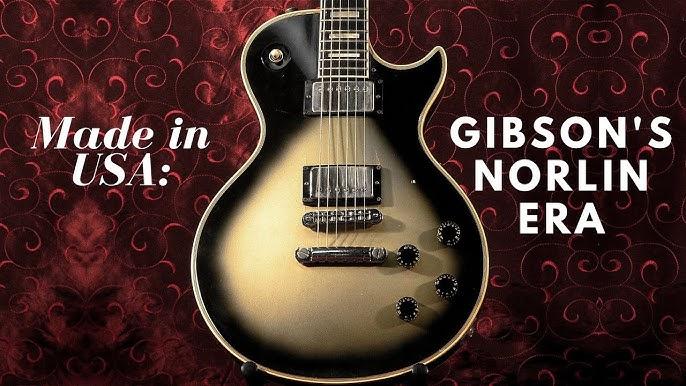
Can a timeline of corporate ownership truly define the quality of a guitar, and how does that reflect on the legacy of Norlin-era instruments? Delving into this question draws us straight into one of the most debated periods in Gibson’s storied history. My extensive research into the Norlin era, a time often swathed in misunderstanding, reveals much about how ownership and corporate decisions intersected with craftsmanship to shape these iconic guitars.
The Norlin era began in 1969, when Gibson’s parent company, Chicago Musical Instruments, was acquired by conglomerate ECL—the birth of Norlin Industries. It continued until 1986. Throughout these years, I’ve explored the ebbs and flows that distinguished both flourishing and challenging times for Gibson.
During this period, the landscape of guitar production shifted under corporate strategies that left a lasting mark. Understanding the Norlin era’s timeline helps us appreciate how these changes influenced manufacturing techniques and materials used in Gibson guitars. This era, while contentious, symbolizes a critical evolution in electric guitar history. My journey through this timeline has been an eye-opener, revealing not just a series of dates but a vivid story of transformation.
Where to Find Collectible Norlin Era Guitars?
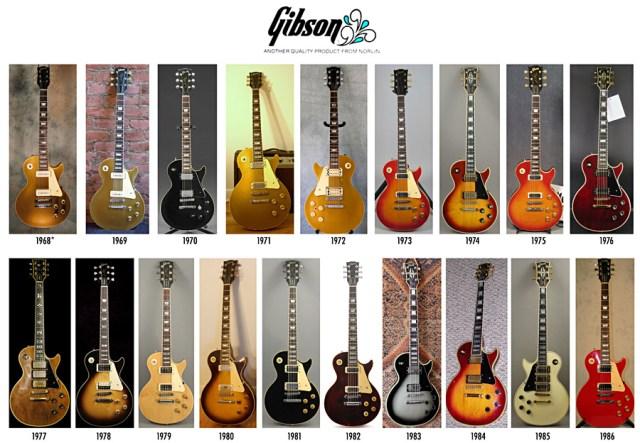
In the world of vintage Gibson guitars, the Norlin era is a period shrouded in mystique and allure. Collectors, both novice and seasoned, are often in pursuit of these iconic instruments, yet finding them can be as nuanced as mastering a complex riff. Where should collectors look beyond eBay to discover hidden gems from the Norlin era, and what insider knowledge can enhance their searches? This is where my years of experience come into play.
Firstly, establishing connections with local music shops can reveal treasures lurking in their inventory. These shops often receive collections or individual pieces from musicians looking to part with their beloved guitars. I’ve often stumbled upon prized Norlin Les Pauls at unexpected locations just by keeping my ears open during casual visits to these spaces.
Moreover, attending guitar shows, like the Dallas International Guitar Festival, offers opportunities to not only see rare instruments up close but also network with fellow enthusiasts who might have leads on potential acquisitions. It’s all about building relationships within the community.
Lastly, don’t undervalue the guitar forums and online communities dedicated to vintage gear. These platforms can be gold mines for insider tips, trading opportunities, and discussions on authenticating the Norlin-era Gibsons you’re hunting for. With patience and persistence, these strategies can lead to discovering those hidden gems that form the heart of your collection.
Why the Norlin Era is Still Relevant Today?
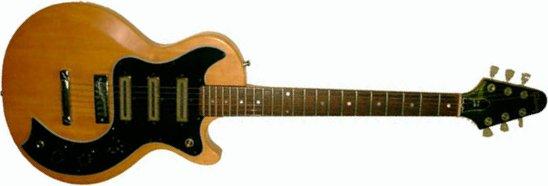
Can the influences of a bygone era still shape the sounds of today’s music, and what legacy do Norlin-era guitars leave for future generations? As someone who has delved into the intricacies of the guitar world and spent countless hours interviewing industry leaders, I’ve often marveled at the enduring resonance of the Norlin era. Despite the mixed reception these guitars initially received, they hold a special place because they challenge us to rethink what a guitar can be.
In my conversations with some of the titans in guitar manufacturing, it’s evident how much Norlin’s innovations have rippled through the decades. Consider the pioneering use of new materials and construction techniques that, at the time, seemed like bold ventures into uncharted territory. These methodologies laid the groundwork for modern guitar making, opening up a world of possibilities for contemporary designers and musicians alike.
While some purists might debate the tonal qualities of Norlin-era instruments compared to their predecessors, it’s unmistakable how the era pushed boundaries. By daring to alter beloved designs, the Norlin era forged a path that reminds us: innovation often requires audacity. For me, understanding this period is crucial not just for guitar enthusiasts but for anyone interested in the evolution of music itself. It demonstrates that even amidst change, the essence of artistry prevails, influencing both the present soundscapes and the future horizons in music-making.
FAQs
What defines the Norlin Era in Gibson’s history?
What are some key characteristics of guitars from the Norlin Era?
Why do some collectors seek out Norlin Era Gibson guitars?
How did the Norlin ownership affect Gibson’s reputation?
Are Norlin Era Gibson guitars considered good investments?
Conclusion & Personal Reflections
As we look back at the Norlin era, what enduring lessons do we learn about the intersection of music, technology, and craftsmanship? This era, often marked by fervent debates over Gibson history and guitar quality, undeniably shaped my career and deepened my appreciation for the intricacies of guitar creation. The Norlin years, despite their controversies, brought forth innovations and challenges that prompted a reevaluation of what defines excellence in guitar craftsmanship.
Reflecting on this period, I am reminded of my favorite models like the Les Paul, which, despite criticism, embodied a distinct character that resonates with artists and collectors to this day. The juxtaposition of evolving technology against traditional values forged guitars that possess remarkable resilience and allure. Understanding this intersection not only enriches our appreciation for vintage craftsmanship but also underscores the lasting significance of these guitars in the musical landscape.
The Norlin era, with its unique narrative, offers profound insights into the delicate balance between innovation and preservation in the world of music. It’s a testament to how historical journeys spark lasting legacies that continue to inspire both musicians and enthusiasts alike.
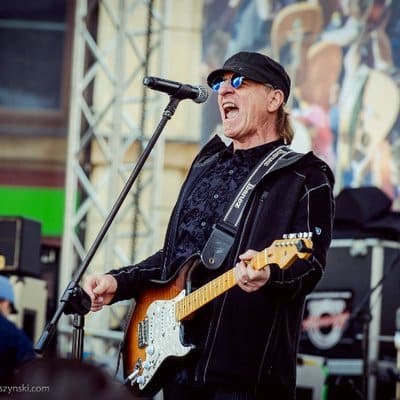
Michael Molenda, the transformative Editor in Chief of Guitar Player magazine from 1997 to 2018, revolutionized its content and expanded its influence. With over 2,500 published works, including in-depth interviews and technical analyses, he’s a giant in guitar journalism. Post-Guitar Player, he launched CONTENT BY MOLENDA and co-founded music websites, bringing his unmatched expertise to the forefront of music marketing. At Fretterverse, Molenda continues to shape the guitar world with insightful commentary and trendsetting journalism.
